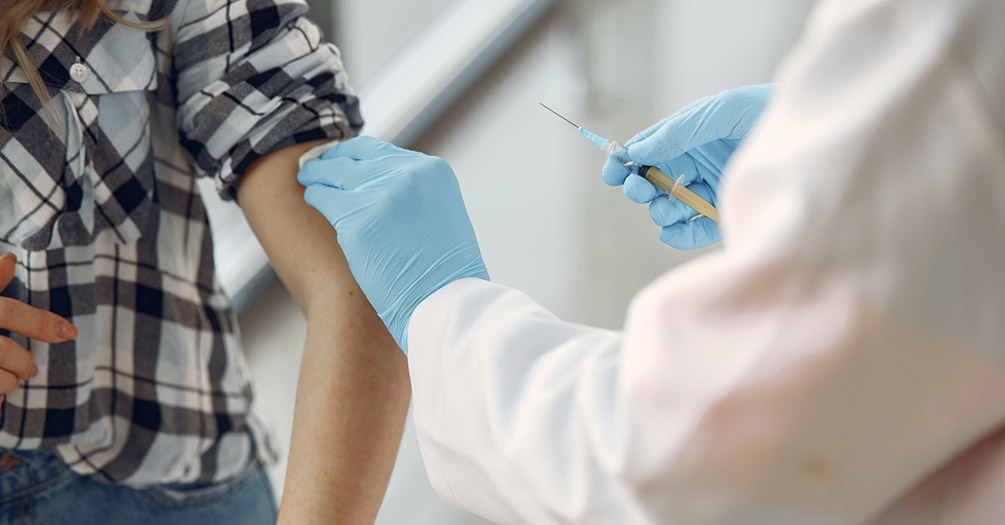Looking at 10 years of data, experts recommend improvements to the flu vaccine

Q&A with Arnold Monto
Professor, Epidemiology
While influenza has taken a backseat to COVID-19 over the last 2.5 years, flu season is here again and, with a significant reduction in social distancing, masking and other COVID-prevention measures, we'll likely see many more cases of the flu this year, experts say.
The best prevention against flu is the influenza vaccine, but its effectiveness varies year to year and remains relatively modest.
According to a new study published in the journal Clinical Infectious Diseases, while there have been major advances over the last decade in an effort to improve the effectiveness of seasonal influenza vaccine, innovative approaches are needed to significantly improve vaccine effectiveness.
Study author Arnold Monto, professor of epidemiology at the University of Michigan School of Public Health, discusses the findings.
This paper looks back at the study of influenza and vaccine effectiveness over the past decade. Can you summarize those findings?
Enormous progress was made in tracking influenza in the 10 years following the 2009 influenza A (H1N1) pandemic through the emergence of the COVID-19 pandemic. That included significant progress in our ability to follow circulating viruses both national and internationally. We have also increased our ability to carefully characterize these viruses and identify new variants as they emerge. In the U.S., the major impact of the variants in various populations, both in terms of illness and death, has been confirmed.
In the US, vaccine uptake has been mainly stable in most groups during the last decade, with the highest uptake among older adults followed by children.
How are influenza vaccines currently produced?
Inactivated vaccine remains the main way we reduce influenza infections. Most of the vaccines used in the U.S. are grown in eggs, the traditional method of production.
Because of changes in the circulating viruses, strains included in the vaccine need to be updated regularly. This is done twice yearly—once in September or October ahead of the following Southern Hemisphere winter, which usually begins in June, and once in February or March for the following Northern Hemisphere winter. That means a decision about which strains to target needs to be made six or more months before the vaccine is used. Often, a variant different from the one targeted by the vaccine emerges during this time.
Strain selection is based on analysis of viruses detected in surveillance. That analysis is based on antigenic, molecular and immunologic studies, which have improved greatly in the last 10 years. But there are still problems in producing a highly effective vaccine. In some years, there may be two predominant virus variants for a single subtype, and the incorrect variant may be selected.
What do we need to do to improve the vaccine?
The National Institutes of Health and other federal agencies have recognized the need for improving influenza vaccines to have more reliable effectiveness. Ultimately, we need a supraseasonal vaccine, or a vaccine that covers a large subset of influenza viruses. However, this will take many years to develop and fully test.
Is there anything we can do in the interim to improve vaccine effectiveness?
Yes. There are some changes that could result in some degree of improvement sooner. It is important that we take these steps while we work on a supraseasonal vaccine. There are vaccines available now which may be more effective—vaccines not produced in eggs, such as cell-based and recombinant vaccines, as well as high-dose vaccines for older adults.
Another approach would be to eliminate the extra B strain that is in the vaccine, one that has not circulated for several years, and replace it with an extra type A virus. This would increase the likelihood that the vaccine will offer a high degree of protection.
Finally, we should work to increase vaccine uptake, especially among high-risk groups.
Even though flu outbreaks stopped during the COVID-19 pandemic, they are returning and we need to resume our efforts to produce improved flu vaccines while we continue to maximize the use of the vaccines that are currently available.
Media Contact
Andrea LaFerle
